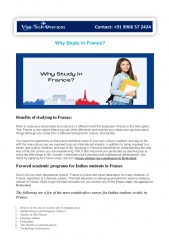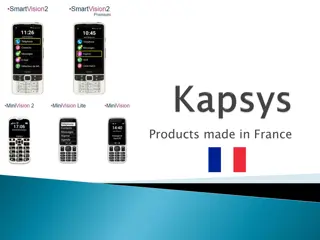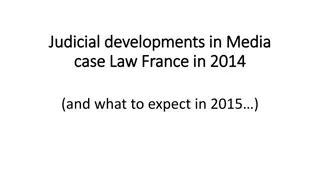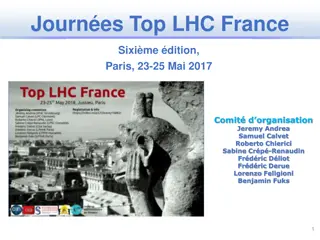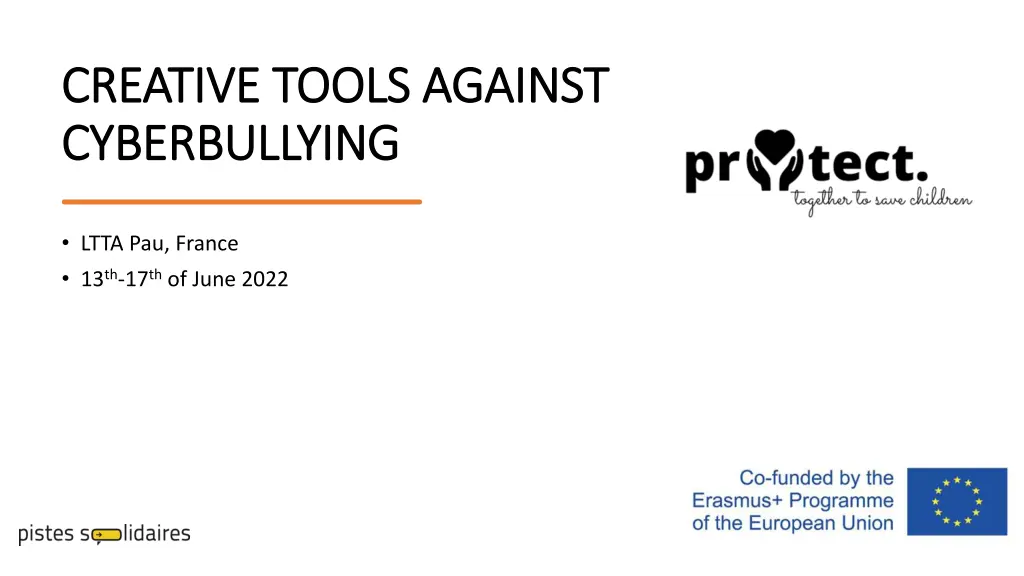
Understanding Cyberbullying: Types and Impact on Victims
Explore the various types of cyberbullying, such as flaming, harassment, denigration, impersonation, and more, and learn how they differ from traditional bullying. Discover the harmful effects cyberbullying can have on individuals and society, and find out ways to combat this pervasive issue. Join the discussion on creative tools against cyberbullying at the LTTA event in June 2022 in Pau, France.
Download Presentation

Please find below an Image/Link to download the presentation.
The content on the website is provided AS IS for your information and personal use only. It may not be sold, licensed, or shared on other websites without obtaining consent from the author. If you encounter any issues during the download, it is possible that the publisher has removed the file from their server.
You are allowed to download the files provided on this website for personal or commercial use, subject to the condition that they are used lawfully. All files are the property of their respective owners.
The content on the website is provided AS IS for your information and personal use only. It may not be sold, licensed, or shared on other websites without obtaining consent from the author.
E N D
Presentation Transcript
CREATIVE TOOLS AGAINST CREATIVE TOOLS AGAINST CYBERBULLYING CYBERBULLYING LTTA Pau, France 13th-17thof June 2022
CYBERBULLYING With the emergence of the Web and smartphones in the mid-2000, new forms of bullying and violence have appeared : sending insulting or threatening text messages, sending explicit or sexually suggestive emails, happy slapping, identity theft, revenge porn In what way is cyberbullying different from bullying? - bullies can act anonymously or pseudonymously; - content can spread virally involving many others as witnesses - the repetitive nature and the intention to harm are more difficult to grasp
TYPES OF CYBERBULLYING FLAMING HARASSMENT DENIGRATION IMPERSONATION OUTING/TRICKERY EXCLUSION CYBERSTALKING CYBERBASHING/HAPPY SLAPPING
This type of online bullying constitutes of directly sending insults and profanity to their target. Flaming is a direct attack on a victim by posting negative messages with anger and/or vulgarities on message boards such as those on gaming sites or blogs. The bullies use capital letters, images and symbols to add emotion to their argument. FLAMING
HARASSMENT Harassment is a broad category under which many types of cyberbullying fall into, but it generally refers to a sustained and constant pattern threatening online messages sent with the intention of doing harm to someone. of hurtful or Direct sending messages to someone via SMS, message board or social media account. Indirect harassment includes about the victim forums, subscribing the victim to unwanted online services, or sending messages to others in the victim's name. harassment offensive, means rude repeatedly insulting and spreading various rumors Internet in
Spreading personal information about others that is derogatory and/or untrue to damage their reputation. Some examples include publishing such information or digitally altered photos or screenshots and sending them to others. DENIGRATION or DISSING
IMPERSONATION or FRAPING Hacking into another person s e-mail account or social networking site posting inappropriate content in their name in order to ruin their reputation.
Outing, also known as doxing, refers to the act of openly revealing sensitive or personal information about someone without their consent for purposes of embarrassing or humiliating them. Trickery is similar to outing, with an added element of deception. In these situations, the bully will befriend their target and lull them into a false sense of security. Once the bully has gained their target s trust, they abuse that trust and share the victim s secrets and private information to a third party or multiple third parties. OUTING/ TRICKERY
EXCLUSION Exclusion is the act of leaving someone out deliberately. Exclusion exists with in-person bullying situations but is also used online to target and bully a victim. For example, a child might be excluded/uninvited to groups or parties while they see other friends being included or left out of message threads or conversations that involve mutual friends.
Cyberstalking is a particularly serious form of cyberbullying that can extend to threats of physical harm to the person being targeted for reasons of anger, revenge or control. Online harassment becomes "cyberstalking" when repeated unwanted communications persist over time to the extent that victims fear for their personal safety and security, experience chronic anxiety about loss of quality of life, and undergo an erosion of certainty and predictability about what to expect each day. CYBERSTALKING
CYBERBASHING OR HAPPY SLAPPING It's a form of bullying where people are physically attacked, and the attack is filmed on a cell phone. Attackers share the videos with their friends.
Who are the Actors involved in Cyberbullying? Knowledge about cyberbullying roles and their predictors is important to inform the planning and development of interventions. BULLY: The aggressor BYSTANDERS: They occupy a key role in the evolution of the cyberbullying situation and its consequences for the victim. The following types of bystanders can be distinguished: - - HELPER: They actively support the aggressor. SUPPORTER: They reinforce the aggressor through laughter or encouragement, likes and by sharing the contents. OBSERVER OR OUTSIDER: They observe the situation without interfering. DEFENDER: They defend and support the victim. VICTIM: The bullied person - -
ONLIVE Project ONLIVE was an Erasmus+ strategic partnership project (2016-2018), which aimed to provide answers to the problems of cyberbullying between pupils. The objectives were the exchange of good practices between professionals from the European partner countries, the joint creation of tools against cyberbullying and the implementation of awareness raising workshops with non-formal education methods in schools in Spain, France and Italy. The ONLIVE T-Comic-Kit IS a useful tool for teachers and youth workers who wish to make workshops to address this issue with their young people.
ACTIVITY ON CYBERBULLYING Create in national groups and in your national language short story of one of the types of Cyberbullying in form of a comics Compose a question + the answer or a statement + your comment about the story Translate the text of the speech bubbles (if any) into English, and cut them out to make them interchangeable


